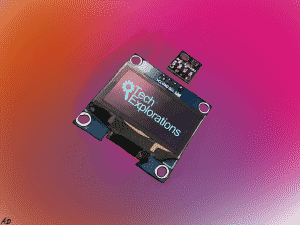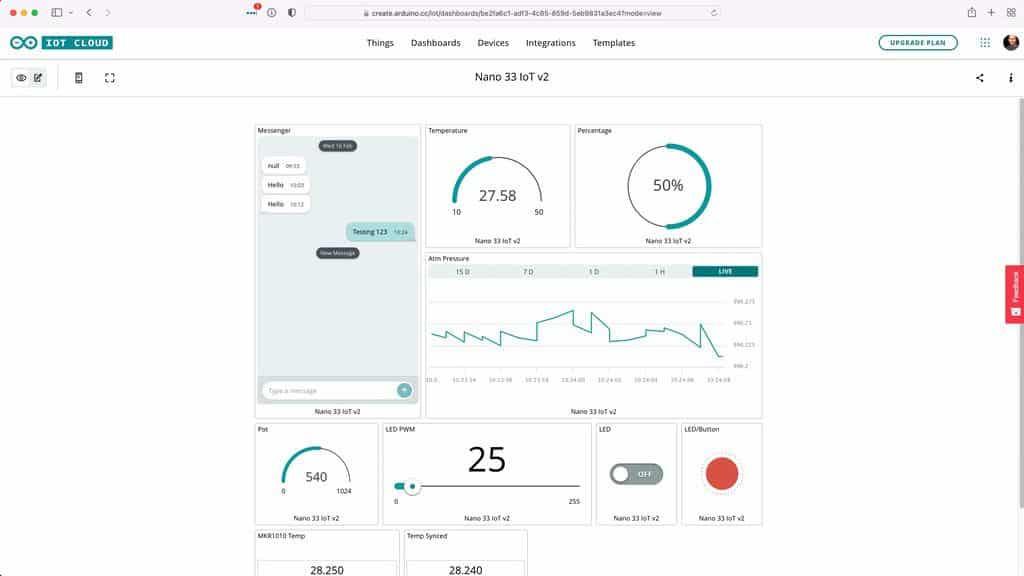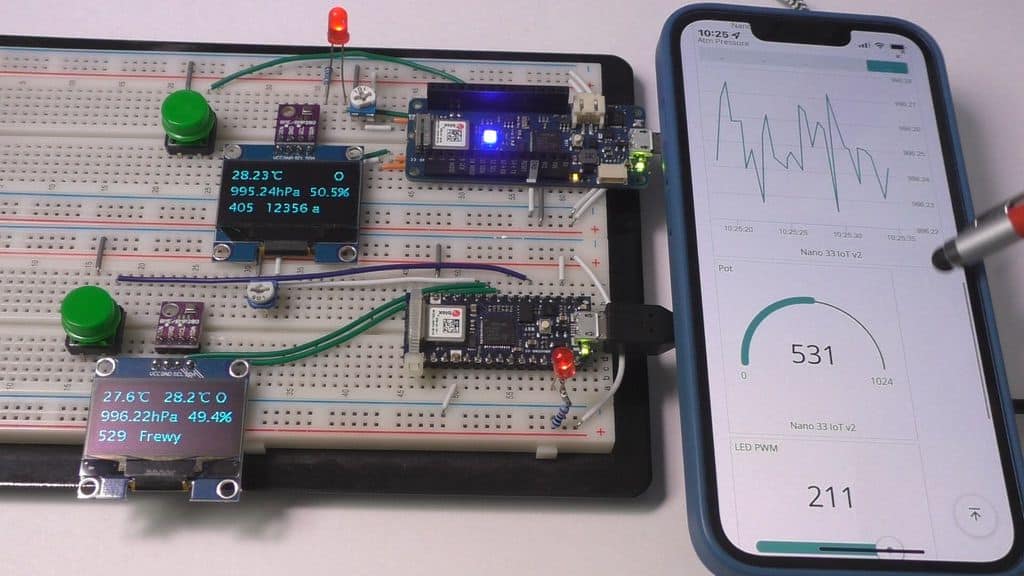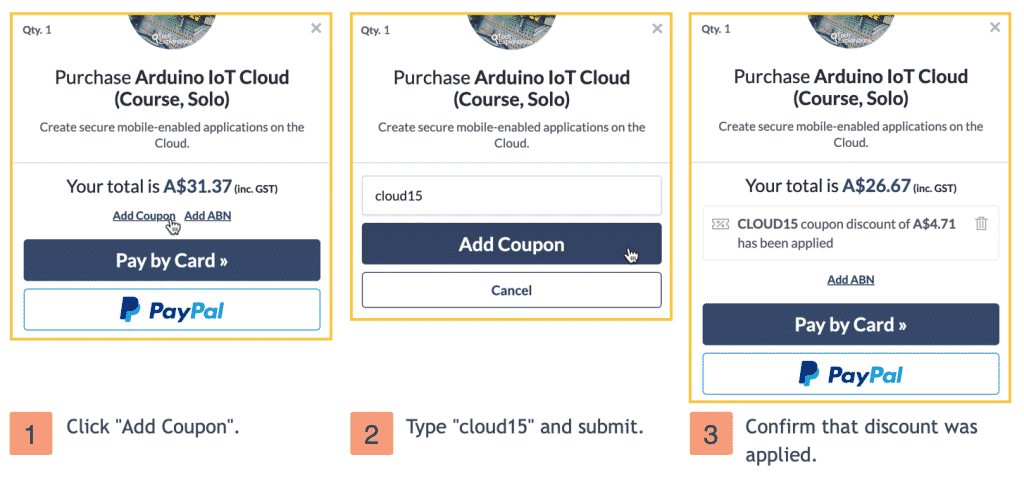I am excited to announce the publication of our latest course, “Arduino IoT Cloud for Busy People“, and to offer you a discount for the occasion.
You’ll find the discount coupon at the bottom of this email (use it before it expires).
What is this course about?

The objective of this course is to help you leverage your existing knowledge of Arduino programming and simple electronics so that you can build your first IoT application on the Arduino IoT Cloud.
The Arduino IoT Cloud is a development platform and infrastructure that makes it easy to create scalable Internet of Things application.
As a development platform, it offers the technology building blocks which we can use to build our application.

It also offers the infrastructure that supports the safe operation of our application.
You, as the creator of the IoT application, can create secure and scalable IoT application by leveraging your existing knowledge of Arduino programming and simple electronics. You don’t need to know anything about encryption, communications, MQTT, Wifi, or how to program a smartphone or server-side application. The Arduino IoT Cloud platform and infrastructure obscures all that so that you can concentrate on building your application.
It also offers the infrastructure that supports the safe operation of our application.
You, as the creator of the IoT application, can create secure and scalable IoT application by leveraging your existing knowledge of Arduino programming and simple electronics. You don’t need to know anything about encryption, communications, MQTT, Wifi, or how to program a smartphone or server-side application. The Arduino IoT Cloud platform and infrastructure obscures all that so that you can concentrate on building your application.
It also offers the infrastructure that supports the safe operation of our application.
You, as the creator of the IoT application, can create secure and scalable IoT application by leveraging your existing knowledge of Arduino programming and simple electronics. You don’t need to know anything about encryption, communications, MQTT, Wifi, or how to program a smartphone or server-side application. The Arduino IoT Cloud platform and infrastructure obscures all that so that you can concentrate on building your application.

Publication offer
Enjoy a 15% discount off the regular price. The coupon for this offer is:
CLOUD15
You can apply this coupon to the Solo and Community tiers.
Please take care to apply the coupon manually in the checkout, and confirm that the discount has been applied before you complete payment.
Here is how to do it:

The coupon will expire on May 15, 2022.
To learn more about Arduino IoT Cloud for Busy People, watch sample lectures, and the see the full curriculum, please go to the course page.
